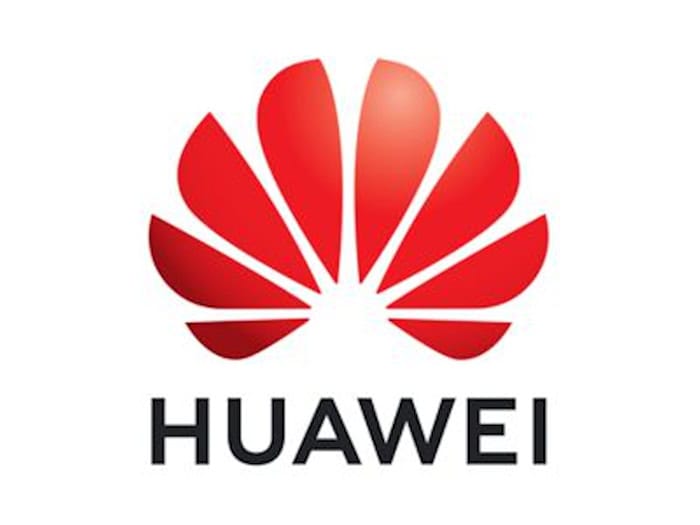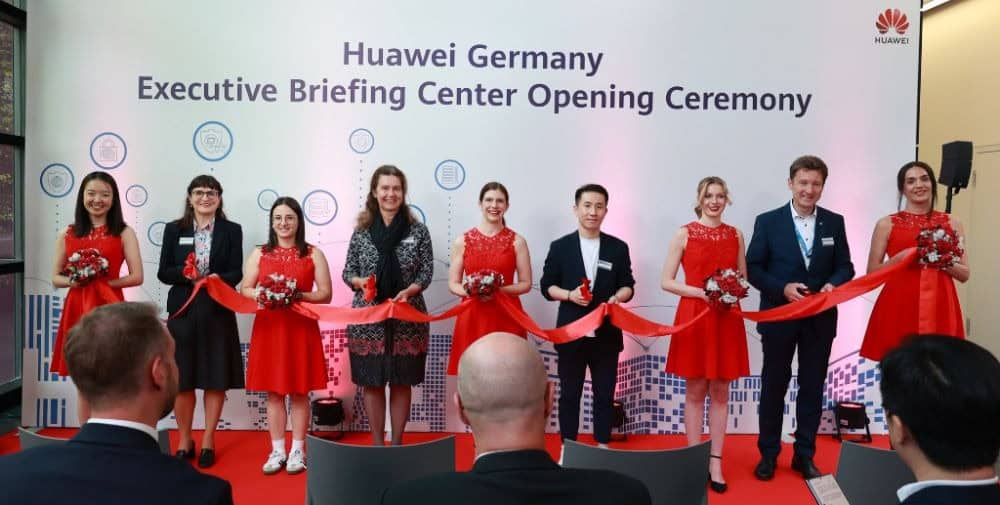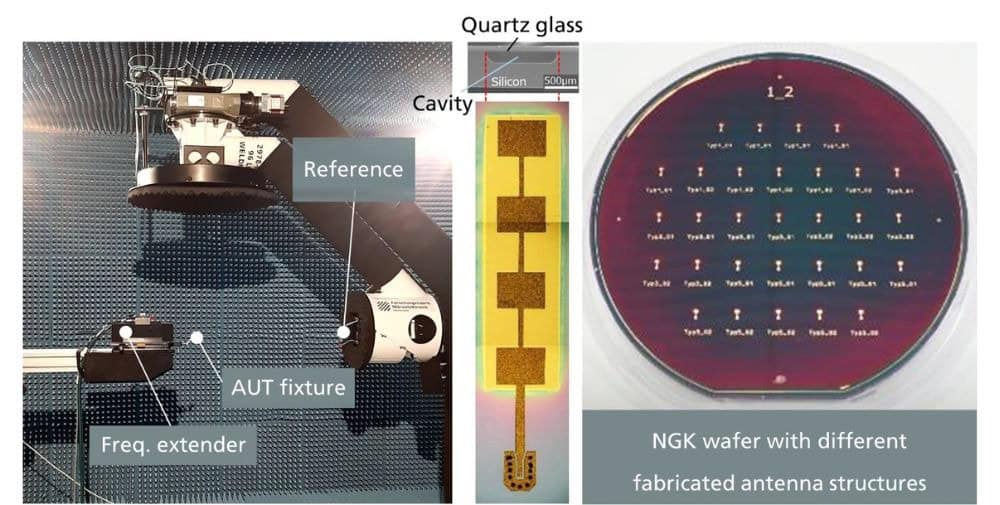
The opening was attended by representatives of customers and partners. “As the leading fiber optic provider in Bavaria, we have worked with Huawei for 20 years. We are delighted with Huawei’s decision to locate the EBC in Munich, which gives us the best conditions for continuing to drive innovation projects forward together,” said Markus Niedermeier, CTO of M-net.
The drivers of many innovations are applications in the field of artificial intelligence (AI). They ensure that the volume of data stored worldwide is constantly increasing. By 2030, the proportion of AI-related data will be 63 percent, which places greater demands on the ability to plan and manage data. In the EBC, Huawei demonstrates how advanced data storage helps customers improve data utilization and efficiency to enable higher-level applications, driving intelligent transformation.
Comprehensive storage for all scenarios means that Huawei offers a range of powerful and reliable products and solutions to meet customers’ needs in all service scenarios, from production to data backup and archiving, as well as their on-premise and cloud deployment requirements. To improve data utilization and efficiency, Huawei leverages the Global File System (GFS) to enable cross-region and cross-system data visibility, manageability, and on-demand mobility, resulting in a three-fold increase in data planning efficiency. The Data Management Engine (DME) enables data management across the entire lifecycle and reduces the total cost of ownership by 20 percent.
Visitors can also find out more about Wi-Fi and see the latest products in person. Huawei has recently presented countless upgrades in this area. For example, the available bandwidth has been significantly increased: By using Wi-Fi 7, a single end device can achieve transmission rates of up to 4.33 Gbit/s – three to four times as much as with Wi-Fi 6.
In addition, Wi-Fi 7 improves simultaneous use, for which Huawei will be showing an example at the EBC. Nanjing Medical University introduced 3D technologies to help students better understand the structure of major organs. However, due to limited Wi-Fi performance, only five students could watch the video at the same time. Otherwise, the video would freeze and cause dizziness. To address this problem, Huawei’s Wi-Fi 7 offers improved concurrency performance, allowing 30 people to attend UHD 3D classes together.
In addition to the increasingly popular wireless network technologies such as 5G and Wi-Fi, interest in fiber optic technologies (Passive Optical Network, PON) is also growing. In its current standardization stage 10G PON, FTTH (Fibre To The Home) and FTTR (Fiber To The Room) are increasingly coming into focus. A 10G PON upgrade shown in Munich increases the download rate of gigabit packets by 120 percent.
The fact that information technology is becoming ever “greener” also has to do with the increased use of renewable energy sources. In this area too, Huawei is now an important technology supplier worldwide – both for inverters and energy storage systems. The EBC also features a demonstration scenario of Huawei’s FusionSolar portfolio for residential buildings, which includes the SUN2000 MB0 three-phase hybrid inverter, the LUNA2000 S1 energy storage system, the B1 single-phase backup box, the intelligent EV charger and the EMMA energy management system.
– – – – – –
Further links
👉 www.huawei.com
Photo: HUAWEI




